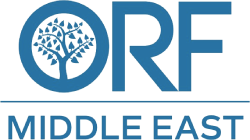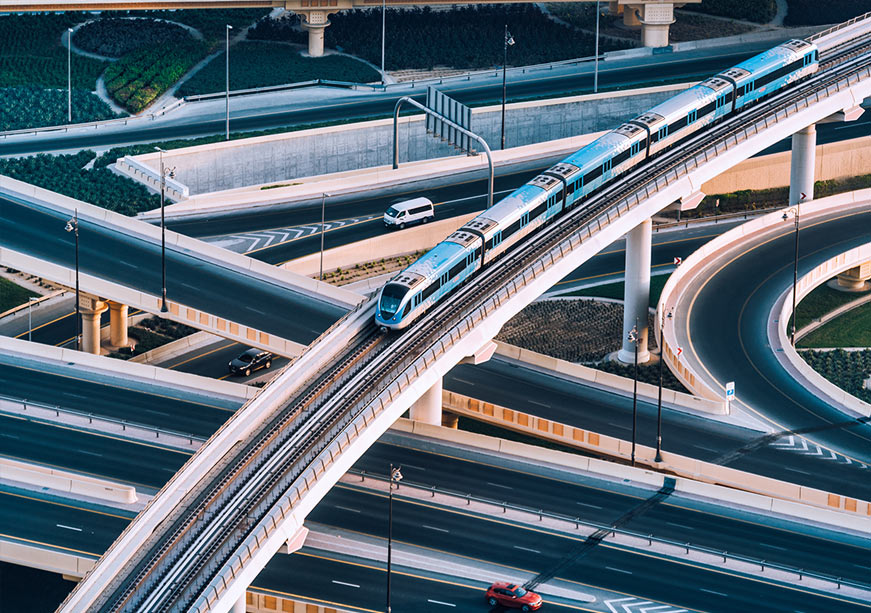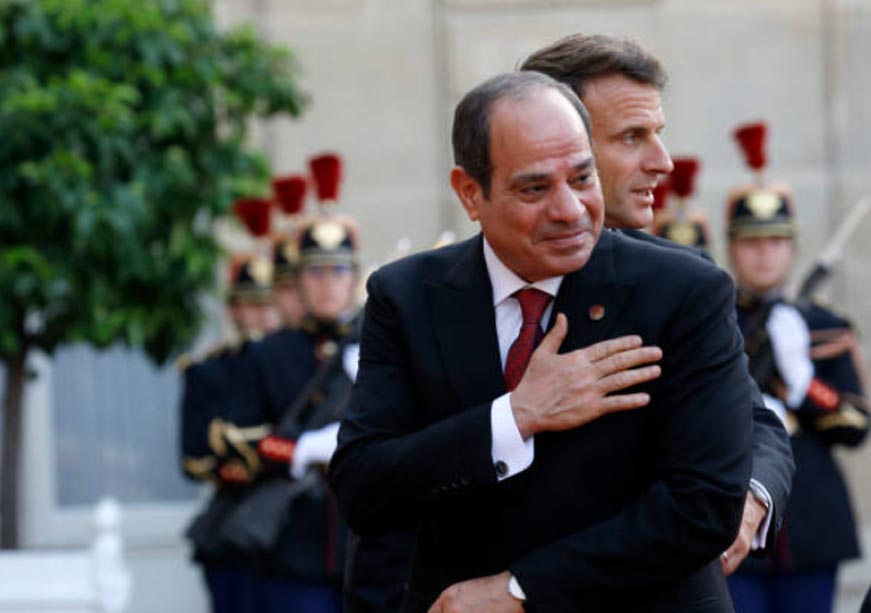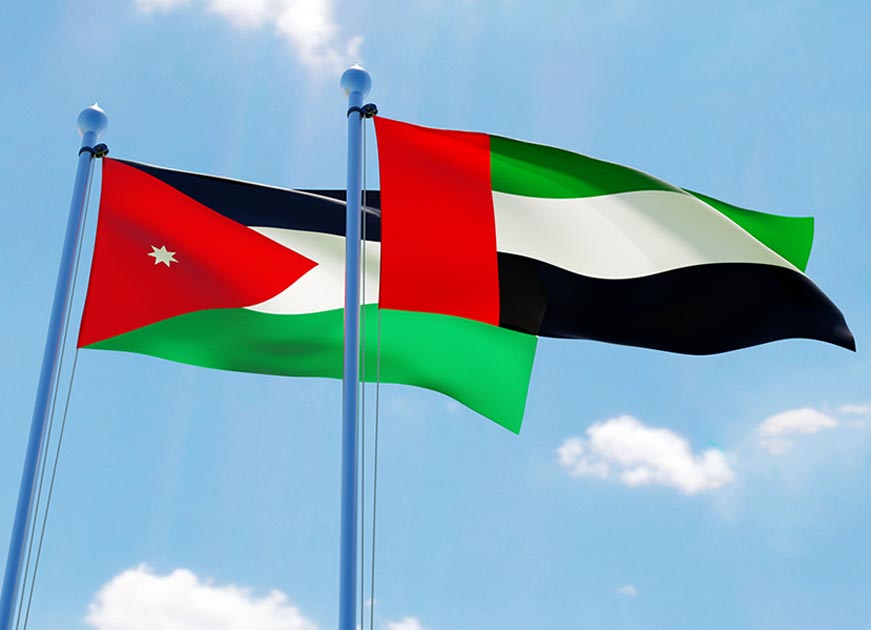Broadening the India-Middle East-Europe Corridor to include the wider Gulf is key to unlocking its full economic potential.
Introduction
The announcement of the India-Middle East-Europe Economic Corridor (IMEC) during the 2023 G20 summit represents the dawn of a new era in connectivity from South Asia to Europe. Central to this vision is broadening the Gulf’s role in IMEC while navigating the challenge of Israel’s involvement. This will become more viable with the advent of the Gulf Cooperation Council (GCC) Railway, a rapidly progressing connectivity project designed to link every Gulf state by rail. If effectively aligned with IMEC, the GCC Railway could transform the corridor from having the smaller Gulf States as peripheral participants to forming part of its logistical backbone.
Broadening the Gulf’s Role in IMEC
Observers have noted that while the UAE and Saudi Arabia are viewed as pillars of the IMEC in the Gulf, other Gulf States may feel excluded from the initiative. If not for the economic benefits, the power politics at play are also enticing, with IMEC competing with China’s Belt and Road Initiative (BRI) and the Trans-Caspian International Transport Route. Bahrain, in particular, has reportedly expressed interest in IMEC during a closed-door meeting with a delegation of senior bipartisan and bicameral US congressional staff fellows organised by the N7 Initiative, a partnership between the Atlantic Council and the Jeffrey M. Talpins Foundation.
One vision of the route is for cargo shipments to depart from western India to ports in Saudi Arabia, the UAE, or Bahrain.
The recent rail agreement between the UAE and Oman, which has made some progress, is seen as a blueprint for Oman and other countries that are not yet part of the IMEC to join the corridor. Bahrain has also been proposed as a potential entrant. One vision of the route is for cargo shipments to depart from western India to ports in Saudi Arabia, the UAE, or Bahrain. From there, the goods would be transported by high-speed rail through northern Saudi Arabia and Jordan, finally reaching Israel via the Sheikh Hussein crossing, onwards to Haifa and then Europe via short-sea shipping lanes. This routing remains conceptual and subject to future feasibility studies. Qatar and Kuwait could also play an important role as intermediary nodes that shift some of the pressure away from the other nodes as the project develops.
The Israel Factor
While India, Saudi Arabia, the UAE, the EU, France, Germany, Italy, and the US signed the Memorandum of Understanding (MOU) on IMEC, other countries that are not formal signatories—Greece, Israel, and Jordan—are nevertheless implicitly included as part of the envisioned corridor. This has made IMEC’s horizon more complex. Weeks after the MOU was signed in 2023, the 7 October attack by Hamas against Israel triggered a war in Gaza.
The war stalled the prospect of a Saudi-Israel normalisation deal, which was important to Israel’s involvement in the IMEC, given that Saudi Arabia remains the only signatory without official diplomatic relations with the country. Some observers described the war in Gaza as having “put a nail in the coffin” of the IMEC, due to rising tensions between Israel and its neighbours. Nonetheless, as policymakers sought alternative pathways not predicated on a rapid resolution in Gaza, peace has started to emerge, and with it, a revival of hope for the IMEC. Notably, Gaza itself is now speculated to play a potential role in the future of the project.
The main obstacle, of course, is the question of Israel’s normalisation with the wider Gulf. While the UAE and Bahrain have already taken that step, and Saudi Arabia’s prospects have been reported on extensively, the remaining GCC states have not shared that attention. This leaves a degree of political uncertainty around their inclusion in the project should Israel remain a part of it. It also makes Saudi Arabia’s position pivotal; Riyadh could refuse to move forward without broad Gulf alignment, especially amid persistent sensitivities over normalisation. As a result, Saudi Arabia may seek to frame any future engagement with Israel, and by extension with the IMEC, through a collective GCC approach. This could ensure that public sentiment is managed more effectively and that countries like Qatar, Oman, and Kuwait play a constructive role in shaping a more inclusive regional vision for the corridor.
The war stalled the prospect of a Saudi-Israel normalisation deal, which was important to Israel’s involvement in the IMEC, given that Saudi Arabia remains the only signatory without official diplomatic relations with the country.
It would be helpful to recall the “Tracks for Regional Peace” plan first proposed by Israel’s then-Transportation Minister Israel Katz. The 2017 proposal included rail transport from Haifa through Jordan to Saudi Arabia, the UAE, and Bahrain. In 2023, Prime Minister Benjamin Netanyahu reportedly revisited the idea in an address to American Jewish leaders in Jerusalem. For Israel, the IMEC vision is no stranger, but the challenge has not necessarily become any easier despite the progress achieved under the Abraham Accords.
Railway Connectivity as a Key Enabler
Beyond diplomatic challenges, infrastructure development is vital for the success of the IMEC. Indeed, while the India-Gulf segment of the proposed corridor is primarily maritime, there remains a need for rail and overland connectivity within the Gulf and towards Jordan and Israel, after which maritime routes would resume to Europe.
Here, the plans underway for the GCC Railway, a proposed 2,177-kilometre network, play a crucial role in the IMEC. The Ministerial Council of the GCC has set December 2030 as the final deadline for its completion. The volume of goods expected to be transported through the railway has been projected to reach 95 million tonnes by 2045, according to the GCC Secretary General Jasem al-Budaiwi.
At a national level, the UAE’s Etihad Rail and Saudi Arabia’s cargo-train network are important phases for this project and have been largely built, though additional upgrades may still be required. In Saudi Arabia, the routes towards Qurayyat from Dammam through Riyadh or Ras al-Khair have been identified as necessary for IMEC. The same applies to a planned route from Qurrayat to the KSA-Jordan border. Intermediary, sea-anchored rail connections are also envisioned, including the planned King Hamad Causeway from Bahrain to Saudi Arabia, and another proposed bridge from Qatar to Bahrain.
New Trade Agreements as Additive Enablers
While the Customs Union of the GCC and the Greater Arab Free Trade Area (GAFTA) Agreement integrate the Gulf within the IMEC, there are additional enablers that could accelerate the IMEC’s progress and bring all the Gulf States into deeper alignment. The UAE-EU Free Trade Agreement, currently under negotiation, could feed into the success of a broader GCC-EU Free Trade negotiation. If not, the EU appears to be considering multiple bilateral Free Trade Agreements with individual GCC countries, alongside the UAE, particularly with the materialisation of bilateral Strategic Partnership Agreements (SPAs) with all of them.
The UAE-EU Free Trade Agreement, currently under negotiation, could feed into the success of a broader GCC-EU Free Trade negotiation.
Similarly, after the widely noted Comprehensive Economic Partnership Agreement (CEPA) with the UAE, India is reportedly looking at trade agreements with other individual Gulf countries. India’s Commerce and Industry Minister Piyush Goyal has said that one with Oman will be signed soon, and the terms of reference with Qatar are being discussed. Notably, the prospect of an EU-India FTA may act as a further enabler crucial for the IMEC.
Conclusion
While the UAE and Saudi Arabia remain central players in IMEC’s success, the corridor’s full potential may lie in broader, inclusive regional participation. Infrastructure expansion, trade agreement proliferation, and crucial diplomatic ties will play an important role in integrating the rest of the Gulf into the IMEC. As the GCC Railway nears its projected 2030 completion target, it can function as the Gulf’s connective tissue within the corridor. Such integration would amplify the Gulf’s logistical relevance. Positioning the IMEC as a GCC-driven initiative could transform a project challenged by geopolitical divisions into one defined by regional cooperation. Such an approach would allow all the Gulf States to participate in this distinctly valuable opportunity.
Mahdi Ghuloom is a Junior Fellow at the Observer Research Foundation (ORF) – Middle East.












